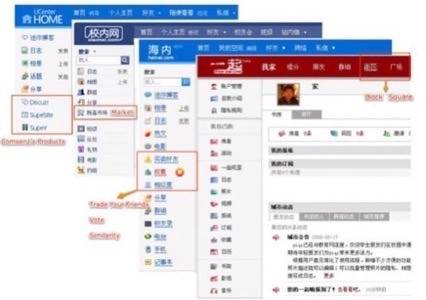

By increasing investment – mainly through financing infrastructure projects – China gradually persuaded various countries to sever diplomatic relations with Taiwan. Regional countries including Costa Rica were among the few that established such relations with the island, over which China claims ownership. The Belt and Road Initiative: China's vision for globalisation, Beijing-styleĪ good example of China’s diplomatic muscle in the region is its campaign to halt diplomatic relations with Taiwan. Studies conclude that the higher the volume and importance of Latin American countries’ trade with China, the more likely it is that their foreign policies will converge with China’s. It has increased its presence in the region by becoming the main trade partner for much of Latin America.īetween 2000-2016, the region’s trade with China increased 20-fold, representing 9% and 16% of the region’s exports and imports, respectively.

Historically, when another power has challenged the US, Latin America has mitigated US dominance by engaging with its challenger. This is a subtle challenge to the Monroe doctrine which opposed European expansion into Latin America. The decree allows Russian troops to carry out activities related to law enforcement, humanitarian aid and emergency responses. Next, Nicaragua expanded its relationship with Russia by authorising Russian troops, planes and ships to deploy in its territory. Out of the 33 Latin American and Caribbean countries present, 13 either abstained or voted against the resolution. The results of the US-backed UN general assembly vote on Russia’s suspension from the human rights council earlier this year highlights a waning of its diplomatic weight in its traditional sphere of influence. In fact, some commentators suggest that it has handed Latin America “ over to China on a silver platter”. In this context, the US has progressively neglected its own backyard.

Observers believe that Latin America, considered a natural ally of the west in general, is at severe risk of democratic decay and that there is a strong probability it could return to dictatorship-dominated regimes, ultimately drifting out of the west’s orbit. More recently, the US has been preoccupied with Nato’s expansion and the parallel objective of containing Russia.
READWRITE CHINA SERIES
This was a series of Washington-prescribed economic reforms such as financial and trade liberalisation, which were adopted by many countries beyond Latin America.Ī degree of complacency settled in Washington DC after Latin America’s move towards democratisation in the 1980s and 1990s which led to less focus on the region as a partner. There was also economic involvement that culminated with the “ Washington consensus” in the late 1980s. For instance, there were cases of US involvement in regime changes in Latin American such as the 1973 coup against Chilean socialist president Salvador Allende. Throughout the 20th century, increasing interactions between the US and Latin America led to a complex interdependence, which exacerbated the power and development gap that divided them. US president Joe Biden has indicated he wants to pursue a new regional strategy, but so far little action has been taken. The US should be looking at alliances with its near neighbours in Latin America, a region with which it has a long and rocky relationship.īolstering its relationships with key nations such as Mexico, Brazil and Argentina would also provide some healthy competition for China and additional regional investment, but because of its history the US needs to tread carefully.
READWRITE CHINA HOW TO
The US, however, faces a two-pronged challenge: how to balance first Russia in Europe, and second, China in Latin America and the Caribbean. As Russia builds a closer alliance with China, Iran and North Korea, a new alliance in the western hemisphere seems overdue.


 0 kommentar(er)
0 kommentar(er)
